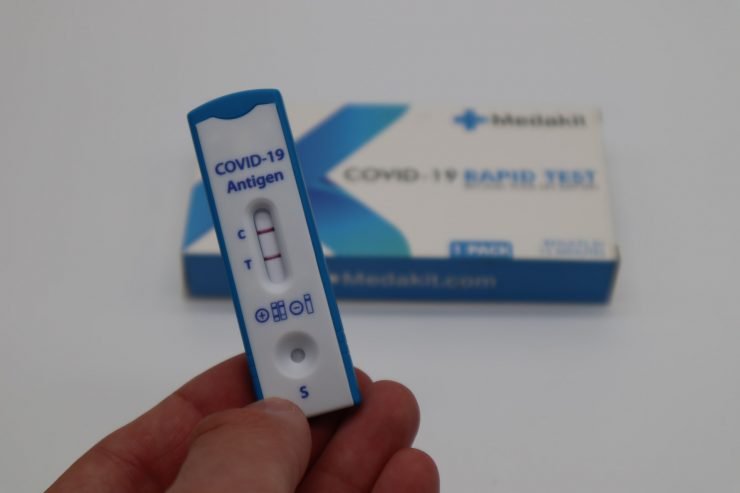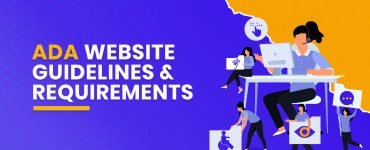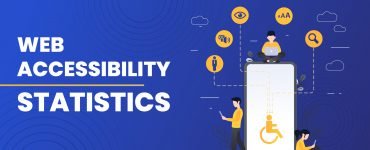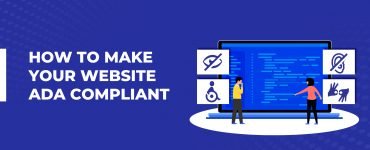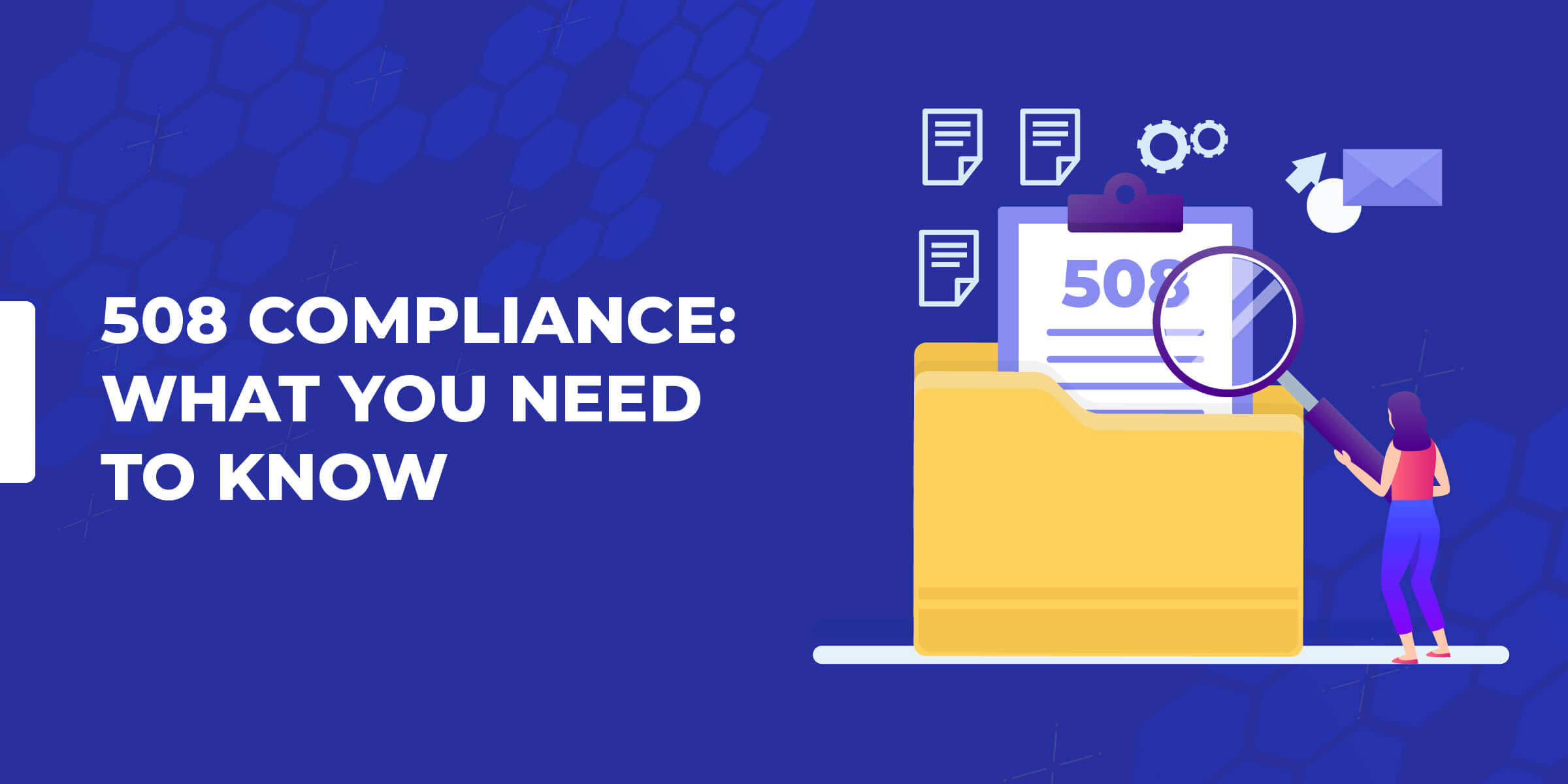Since 1990, the United States has been taking steps to make public spaces, businesses, employment, and daily life more accessible for folks with disabilities of all varieties.
Unfortunately, this process has been a slow one, and people with disabilities still face hurdles in everything from employment opportunities to internet access.
Did you know that 98% of the world's top one million websites don't offer full accessibility. 1
Recently, even more problems with accessibility have highlighted the obstacles that those who don’t have to deal with disabilities don’t even consider. Among these new barriers are COVID-19 tests.
COVID Test Accessibility in the Headlines
There are so many obstacles that stand in the way of people getting COVID tests; time, price, and even general availability and accessibility are among them; but blind people face an extra problem that sighted people don’t: not being able to see them in the first place.
A quick Google search can show you real-life examples of this as awareness of the problem spreads including this article from Metro and this one from The New York Times. Unique issues that blind or partially people have to deal with when it comes to at-home rapid tests specifically include ordering them, reading instructions, and, importantly, reading the results.
Great solutions to these problems include braille instructions and utilizing modern technology through an app or website to do a live video chat with someone who can walk you through the test and verbally confirm your results.
Yet, ironically many of the websites that offer solutions aren't even accessible themselves – meaning they don't provide online user experiences that are conducive to people that have certain disabilities.
This complication is a symptom of a larger societal problem: our world just doesn’t have the accessibility for people with disabilities that it needs to, and with today’s technology, there is little excuse.
What this Means for Online Spaces
As we look at the shortcomings of accessibility in our culture, it would be foolish to ignore something that has become a staple of our everyday life: the internet.
ADA requirements for online spaces have been around since the act came about in 1990 and your business could even get sued if it's not ADA compliant. This has become increasingly more common. In fact, ADA-based cases, where the subject of the claim was either a website, mobile application or video content, reached a rate of over 10 per day in 2021 with over 4000 in total. 2
But as smaller businesses with tight budgets create websites, accessibility software has become, ironically, less accessible. Hopefully, as more media attention circulates – like the recent headlines surrounding COVID tests – becomes more available, more online resources will also start to make the shift to making their content accessible.
So how do you make your website ADA compliant and allow more people access to it? Luckily, it’s easier now than ever.
How to Get Your Site ADA Compliant
Many new widget options are now available at affordable prices that can help any site improve accessibility and become ADA compliant while cutting down on cost.
A few of the ones that I like are:
Each of these widgets features things to make your website more digestible for people of different abilities including:
- Visual toolkits that allow visitors to customize their experience
- AI testing and re-formatting to make each page on your site ADA-compliant
- Text transcripts for audio and video content
- Site language in header code
- Alt tags for audio, video, and image files
And more.
Using one of these services is the easiest and quickest way to gain a wider variety of visitors to your site (and avoid getting sued).
Summary
As the world finally recognizes the need to make daily life more accessible to people with disabilities, everything from COVID testing to small business websites must make adjustments to ensure reachability to everyone.
Sources:
- https://www.crownpeak.com/blog/accessibility-ada/the-ultimate-list-of-web-accessibility-and-ada-statistics
- https://blog.usablenet.com/2021-lawsuit-report-trends-and-findings














